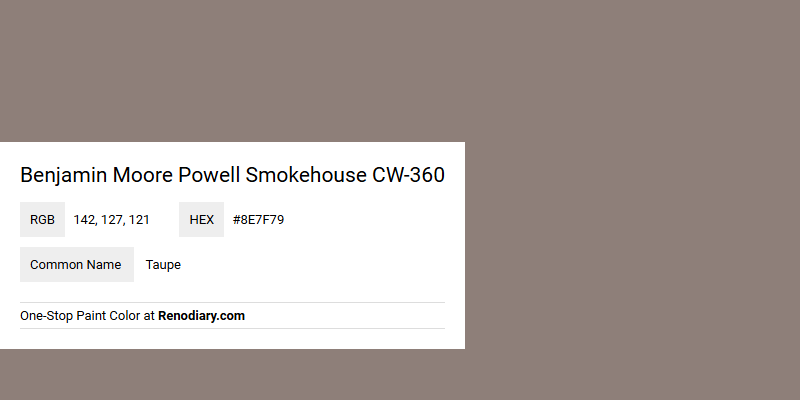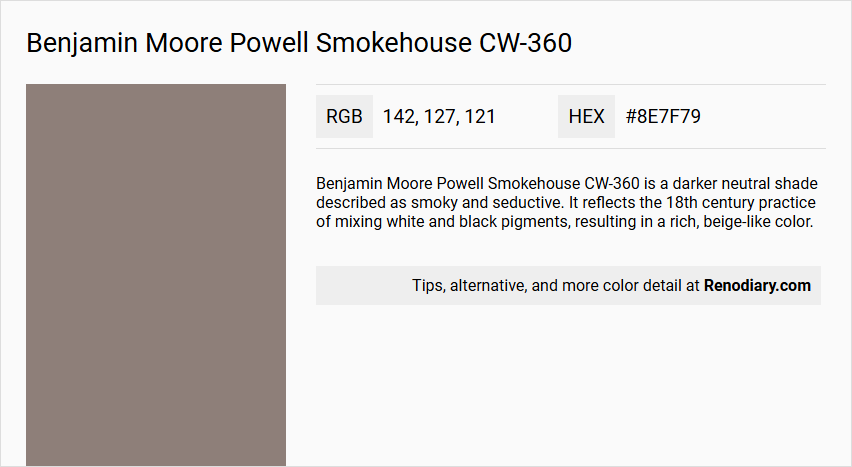
Benjamin Moore's Powell Smokehouse CW-360 embodies a sophisticated taupe hue, encapsulated by its RGB values of 142, 127, 121. This color seamlessly blends warm and cool tones, offering a versatile and elegant option for interior design. Its neutral quality makes it an ideal choice for creating a calming atmosphere while maintaining a modern aesthetic.
Color Description
Benjamin Moore Powell Smokehouse CW-360 is a darker neutral shade described as smoky and seductive. It reflects the 18th century practice of mixing white and black pigments, resulting in a rich, beige-like color.
Undertones
The undertone of Powell Smokehouse CW-360 can be accurately described as a red hue. This is determined by isolating the pure hue and eliminating any tints, tones, and shades.
Color Values
- HEX value: #8E7F79
- RGB code: 142, 127, 121
- LRV (Light Reflectance Value): 22.98
Usage
Powell Smokehouse CW-360 is versatile and can be used in various rooms such as living rooms, dining rooms, bedrooms, kitchens, and bathrooms. It pairs well with earthy tones like deep browns and olive greens, and can be complemented by creams, soft whites, and metallic accents to enhance its elegant appeal.
Atmosphere
This color creates a cozy and inviting atmosphere, adding depth and character to any room. It exudes sophistication and warmth, making it suitable for creating a unique and elegant space.
Benjamin Moore Powell Smokehouse CW-360 Color Alternative
Benjamin Moore Powell Smokehouse CW-360 offers a distinct palette that can be refreshed with carefully chosen alternatives. Color alternative for Benjamin Moore Powell Smokehouse CW-360 are: Dulux Urban Walk 40YY 25/074, Little Greene Baluster 321, Farrow and Ball Mole's Breath 276, each contributing its unique nuances and ambiance. By integrating these alternatives, designers can elevate their décor with vibrant yet harmonious layers that resonate in modern and traditional spaces alike.
Bathroom

Benjamin Moore Powell Smokehouse CW-360 used in a bathroom setting may not perform optimally due to its lack of specialized properties. This paint does not include essential features required to combat the common challenges of high-humidity environments, such as resistance to mildew, mold, and stains.
For rooms where moisture and humidity are significant concerns, choosing a product specifically engineered to withstand these conditions is critical. Paints with built-in moisture protection and easy-clean capabilities offer a more practical solution for maintaining a fresh, lasting finish in bathrooms.
Bedroom

Powell Smokehouse serves as an ideal bedroom color, offering a cozy, earthy backdrop that enhances warmth and sophistication. This inviting hue blends seamlessly with deep browns and olive greens, creating a rich and calming atmosphere.
Complement it with lighter tones and soft neutrals to balance its depth, while metallic accents and hints of green introduce modern flair and vibrant contrast. These thoughtfully paired elements elevate the overall ambiance into a refined and dynamic space.
Kitchen
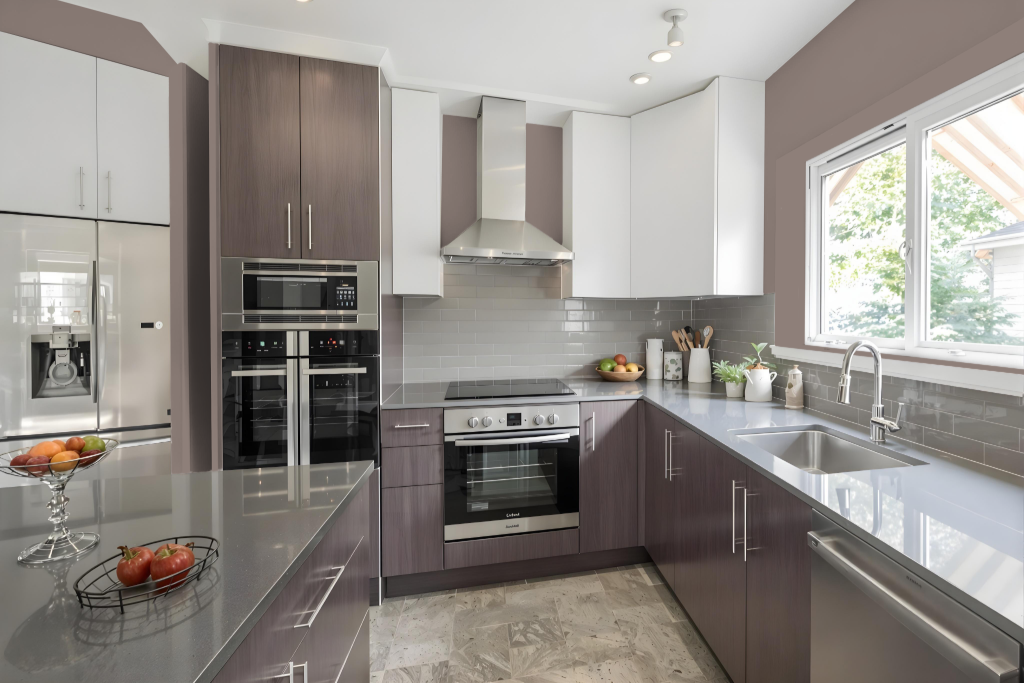
For a kitchen color scheme, Benjamin Moore’s Powell Smokehouse CW-360 infuses the space with warmth and depth. This rich shade pairs beautifully with earthy tones such as deep browns and olive greens for cabinetry, countertops, or flooring, while the addition of metallic accents or softer hues like creams and whites introduces a modern twist. Lighter variations from the same family can create a seamless monochromatic look, and neutral colors like Harwood Putty or Cloud Cover help to balance the overall tone.
For those seeking a more dynamic ambiance, integrating complementary hues such as greens akin to Aegean Teal offers a striking contrast that enlivens the space. The final result is a cohesive kitchen design that combines bold, inviting tones with subtle modern accents, ensuring a timeless and engaging environment.
Living Room
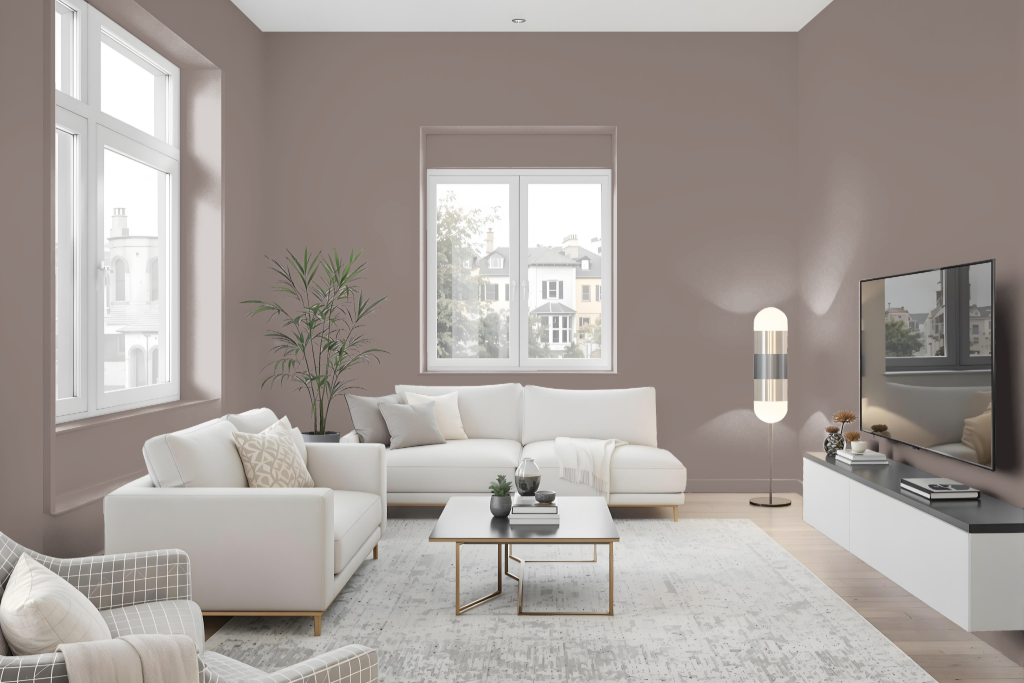
In a living room, Benjamin Moore’s Powell Smokehouse establishes an inviting atmosphere marked by an earthy sophistication. Accented by deep browns, olive greens, creams, and soft whites, this hue creates a warm, cozy setting that can be enhanced with metallic touches for a modern edge.
Drawing inspiration from America's Colonial Period through its connection to the Williamsburg Color Collection, Powell Smokehouse bridges historic charm with contemporary design. Whether applied using a monochromatic approach or paired with complementary green hues, it brings an elegant balance that transforms any space into a timeless retreat.
Outdoor
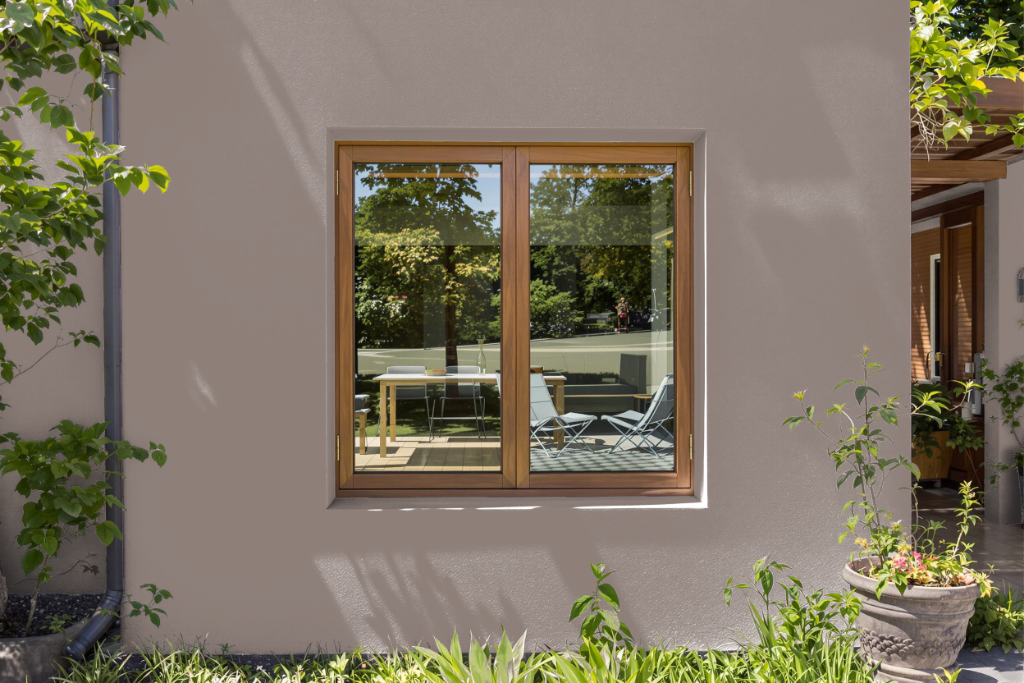
For your home outdoor color, Benjamin Moore’s Powell Smokehouse CW-360 is not ideal for exterior applications. This shade was designed for interiors and lacks the durability required to handle outdoor elements such as sun and weather conditions.
If you still wish to consider this color for an exterior space, it is advisable to test it using a sample size. However, for long-lasting performance and to ensure resistance against weather, selecting a product specifically formulated for exterior surfaces is essential.
